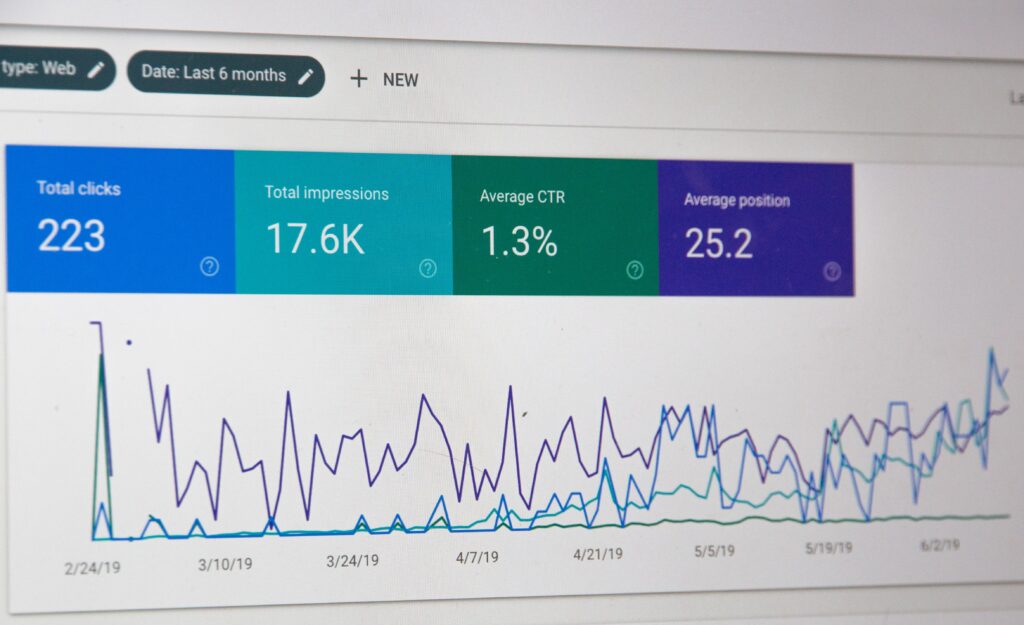SEO Actions for New Google Algorithm Updates
Search engine optimization (SEO) is constantly evolving. With every new update that Google releases, website owners and digital marketers must adapt to ensure their content remains visible to their target audience. Google’s algorithms are getting smarter and more intuitive, and as a result, the strategies we use to optimize our content must also become more sophisticated. In this article, we’ll explore the key SEO actions you should take to stay ahead of the curve and remain visible to your target audience in the wake of new Google algorithm updates.
Understanding the Latest Google Algorithm Updates
Before we dive into specific SEO actions, it’s important to understand what the latest Google algorithm updates mean for your website. One of the most significant updates in recent years is the BERT algorithm, which was released in late 2019. BERT is designed to better understand natural language and context, allowing Google to better match user intent with relevant content.
Another major update that website owners should be aware of is the Page Experience Update, which is set to roll out in May 2021. This update aims to improve user experience by taking into account factors such as page load speed, mobile responsiveness, and the use of intrusive interstitials.
Now that we’ve covered some of the latest Google algorithm updates, let’s explore the specific SEO actions you should take to stay ahead of the curve:

Conduct a Website Audit
The first step in optimizing your website for new Google algorithm updates is to conduct a comprehensive website audit. This involves analyzing your website’s content, structure, and technical elements to identify areas for improvement. Use tools such as Google Search Console and SEMrush to identify any errors or issues that could be impacting your website’s performance.
Focus on User Experience
User experience (UX) is becoming increasingly important in the world of SEO. With the Page Experience Update set to roll out in May 2021, website owners must prioritize UX to ensure their content remains visible to their target audience. This means focusing on factors such as page load speed, mobile responsiveness, and the use of intrusive interstitials. Ensure your website is easy to navigate, visually appealing and provides a seamless user experience.

Optimize Your Content for Natural Language
As we mentioned earlier, the BERT algorithm update has made it essential for website owners to optimize their content for natural language. This means focusing on long-tail keywords and using natural language in your content to match user intent. Use tools such as Google’s Keyword Planner and SEMrush to identify relevant keywords and optimize your content accordingly.
Implement Structured Data
Structured data is becoming increasingly important for SEO. This involves adding additional information to your website’s HTML code to provide context and meaning to search engines. This helps search engines understand your content better and can improve your website’s visibility in search results. Use tools such as Google’s Structured Data Markup Helper to implement structured data on your website.
Build High-Quality Backlinks
Backlinks remain one of the most important ranking factors in SEO. However, it’s important to focus on building high-quality backlinks that are relevant to your content. Avoid using spammy backlink tactics and instead focus on building relationships with other websites in your niche to create high-quality backlinks.
Keep Your Website Updated
Keeping your website updated with fresh, relevant content is essential for SEO. This not only helps keep your audience engaged but also signals to search engines that your website is active and relevant. Aim to publish new content on a regular basis and ensure your website is up-to-date with the latest industry trends and developments.

Monitor Your Website’s Performance
Finally, it’s important to monitor your website’s performance regularly to identify any areas for improvement. Use tools such as Google Analytics to track
metrics such as traffic, bounce rate, and conversion rate. This can help you identify which areas of your website need improvement and allow you to make data-driven decisions to optimize your content for new Google algorithm updates.
Conclusion
In conclusion, staying up-to-date with the latest Google algorithm updates is essential for website owners and digital marketers. By understanding the latest updates and taking the necessary SEO actions, you can ensure your content remains visible to your target audience and maintains its ranking in search engine results pages. Conduct a website audit, prioritize user experience, optimize your content for natural language, implement structured data, build high-quality backlinks, keep your website updated, and monitor your website’s performance regularly. By taking these SEO actions, you can stay ahead of the curve and maintain your website’s visibility in search engine results in pages.
P.S: Images from Unsplash and all Images have credits.







